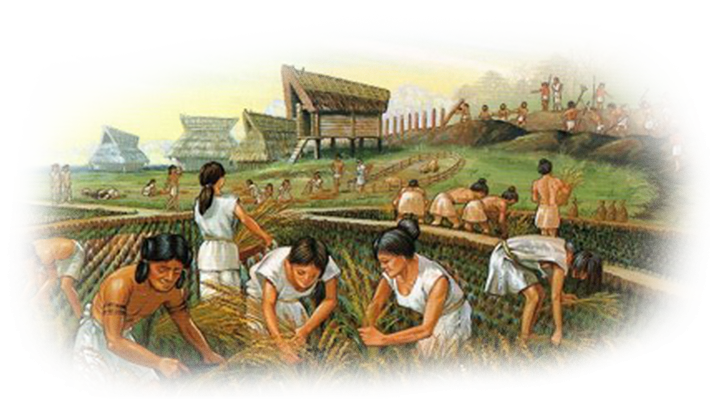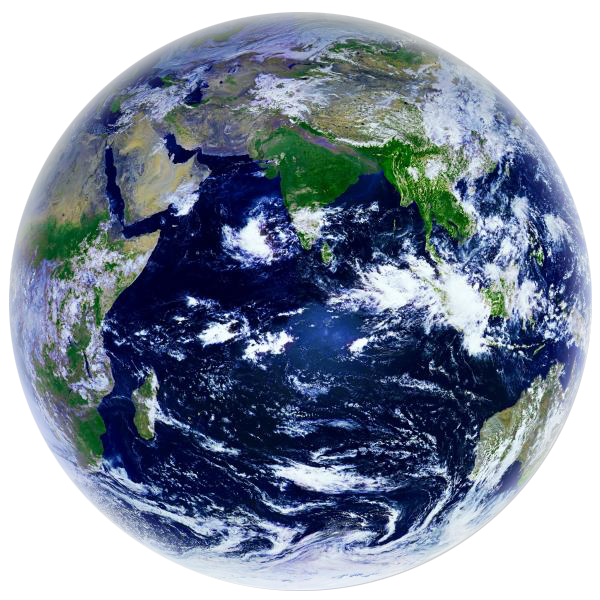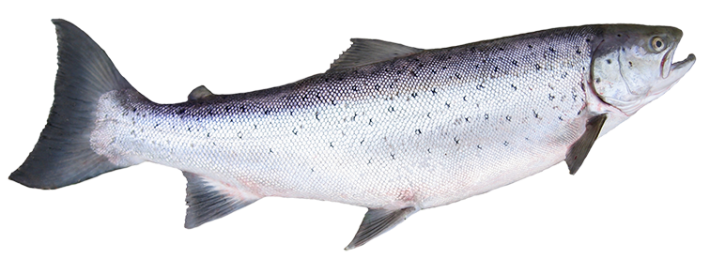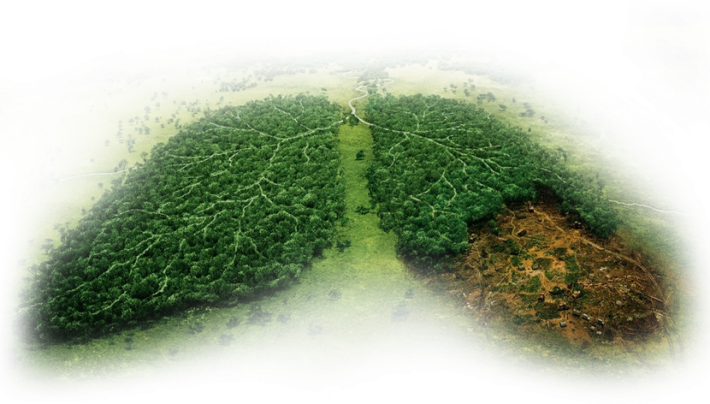We Must Cultivate the Oceans
We live on a blue planet. Indeed, 70 % of the planet is covered by oceans! Still, only 2 % of our food is sourced from them. In order to secure enough food for a growing population, we must better utilize the opportunities offered by the ocean. As wild fish is a scarce resource worldwide, we will depend on aquaculture for sufficient production of healthy, sustainable food in the future. Just as us humans began farming our lands some 10 000 years ago, we are now learning how to farm the seas. Fish, shellfish and seaweed are among the foods harvested from the blue fields.
Here, you will explore how the earth’s population is increasing. You will also learn why aquaculture is so important for the world food production. And did you know that farmed salmon is both healthy and sustainable?
Population Growth
Population Growth
10 000 years ago, about five million people walked the earth – the current population of Norway. It took until the year 1800 for us to surpass one billion people. Since then, the world population has grown at a rapid pace. In 2011, we exceeded seven billion people, and the UN is predicting that we will grow to about ten billion people by 2050. In order to provide enough food, the world’s resources must be better utilized, and a greater proportion must be harvested from the oceans.
Population Growth
What are we really eating?
The world population is growing, increasing the demand for food. Additionally, each and every one of us eat greater amounts than people did just a few decades ago. In 1961, a person ate on average 1.4 kilos of food per day. In 2011, however, we ate 1.9 kg per person.
Explore how much and which types of food were common in 1961 and 2011. What proportion derive from the sea?
In 1961, one person ate on average 1.4 kilos of food each day, divided between different food groups. Click on the circle to explore this distribution of food.
In 2011, one person ate on average 1.9 kilos of food each day, divided between different food groups. Click on the circle to explore this distribution of food.
In 2011, one person ate on average 173 grams of meat and fish daily. Click on the circle to explore the distribution between these foods.
The Agricultural Revolution
We cultivate the soil
Humans have inhabited the earth for some 150 000 years. During the first 140 000, we ate what was available to us in our natural surroundings. We gathered fruits, nuts and caught fish from streams and the sea. Around 10 000 years ago, our forefathers began cultivating the lands. They burnt down areas of forest to make room for planting crops. At the same time, they began domesticating wild animals, increasing their year-round access to milk and meat.
Since then, agriculture has become increasingly efficient, and today, it provides the majority of the food we consume. Just have a think about the foods you get from the supermarket every day; carrots, potatoes, eggs, meat and milk. We have almost reached the limit of how much food we are able to produce on land. Therefore, the future requires us to harvest the oceans for food.

Food from the Ocean
The Blue Planet

More than 70 % of our planet’s surface is covered by water. When looking at photographs taken from outer space, it is easy to see that we live on a blue planet. It is interesting to consider the fact that the majority of this water is found in our oceans. Freshwater, found in glaciers, rivers and lakes, total just 3.5 % of the world’s water. The rest is seawater.
In spite of this 70 % surface coverage, only 2 % of our food is sourced from the oceans. If we are to produce enough food to satisfy a growing population, we need to seize the opportunities the seas have to offer.
Food from the Ocean
Fisheries and Aquaculture
Each day, fishers everywhere embark on the seas to harvest the daily catch. For a long time, we believed there were endless amounts of fish in the ocean. Now, we know that wild fish are a limited resource.
In order to increase our harvests, we must become better at cultivating the ocean. Just as humans developed agriculture 10 000 years ago, we are now developing aquaculture. The challenges are great, as the oceans are erratic and unpredictable, but the possibilities are even greater. If we are successful, we will be able to supply a growing population with healthy and sustainable food from the blue fields.
Food from the Ocean
Salmon
Salmon farming is living proof that it is possible to cultivate the oceans. The same way humans domesticated cows, sheep and pigs several thousand years ago, we have now successfully domesticated the salmon in the past fifty years. We have developed methods and technologies enabling large scale production along the Norwegian coast.
If Norwegians singularly were to consume all this salmon, we would each be left with 236 kilos a year. That means salmon for breakfast, lunch and dinner every day, but that is, perhaps fortunately, not the case. The majority of Norwegian salmon is exported. This way, it is one of the solutions to the world’s growing demand for food.

Climate and Environment
Sustainable Food Production
Worldwide food production has a large impact on the environment. What were previously large forest areas, have now been transformed into cultivated land. Freshwater is a limited resource, and much of it is being used in agricultural production.
Food production always leads to greenhouse gas emissions, but the difference between foods is great. Compared to other forms of meat production, salmon is a more environmentally friendly alternative.

Climate and Environment
Salmon is sustainable food
There are several reasons why salmon is an environmentally friendly alternative to livestock meat.
Salmon utilize most of their food for growth. They are cold-blooded, which means that their body temperature changes with the environment, and they do not require energy to keep warm. Therefore, most of the energy consumed is stored in the bodies of the fish, so little is wasted. This way, much less feed is required to produce one kilo of salmon fillet than one kilo of beef.
Access to freshwater is not a given in large parts of the world. Producing food using as little freshwater as possible will, therefore, become increasingly important in the future. Salmon production requires much less freshwater than production of livestock on land.

Climate and Environment
Greenhouse gas emissions
One tenth of greenhouse gas emissions in the world come from the production of food to humans. In order to reduce greenhouse gas emissions in the world, we should try to reduce emissions from food production. The two most important actions that each individual can contribute is to ensure that we do not throw food, and that we try to choose food products that release the least possible greenhouse gases. Production of vegetarian food is more climate-friendly than meat production. At the same time, there is a big difference between different types of meat and fish. Meat from cow and beef gives much greater greenhouse gas emissions than pig, chicken and farmed salmon. In fact, 10 times more greenhouse gases are released per kilo cow and beef, compared with farmed salmon.
Healthy food
Salmon is brain food

The taste of salmon is absolutely delicious! It also contains a number of important nutrients our bodies require.
For the brain to function optimally, it needs omega-3 fatty acids. Salmon contains plenty of these fatty acids and is therefore a brilliant brain food. But there is more! Omega-3 also reduces the risk of developing coronary heart disease. Furthermore, the fillet is made up of proteins, required for muscle growth, and vitamin D, important for bone health.
We can conclusively say that salmon is great for the brain, heart, muscles, bones and palate!